Planning Pays Off: 5 Strategies to Get the Most Out of Your Delivery Speed Choice
June 10 , 2024
6 min read
Introduction
Both live chatbots and live chat representatives dominate the customer service landscape across industries. It’s not about selecting one over the other but rather choosing the right mix between the two options to deliver an exceptional experience to the consumers.
Live chatbots are essentially automated programs that interact with customers using pre-programmed responses. They’re great for handling basic queries and providing instant responses at any time of day and any day of the year.
Live chat support representatives, however, remain indispensable for more complex queries that require personalized responses. The key is to know when to use live chatbots and live chat representatives.
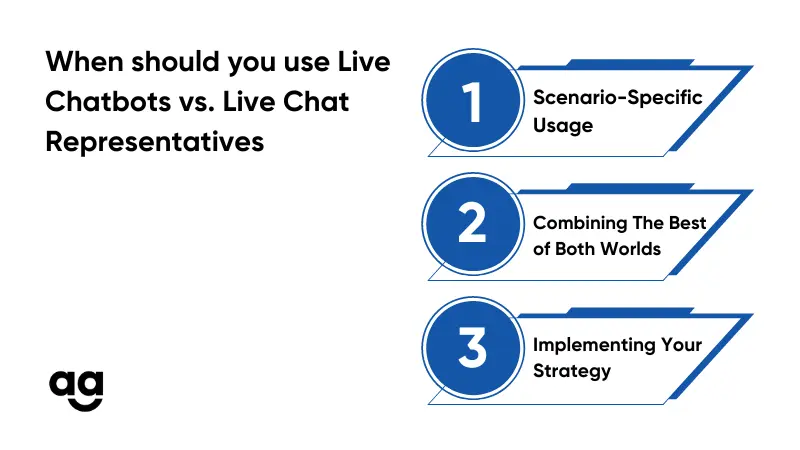
Scenario-Specific Usage
Keep scrolling to go through some scenario-specific usage to get a clear picture.
- Volume & Availability: Chatbots are undeniably beneficial in high-volume settings, where basic, repetitive questions are the norm. This includes tracking orders or checking business hours, among other things. They are available 24/7, reducing wait times and operational costs substantially. Conversely, during business hours or when queries are complex and nuanced, live representatives are invaluable. They can handle subtleties and offer empathy, which live chatbots can’t match.
- Complexity of Requests: For anything that requires deep understanding or a personalized touch, like resolving disputes, handling sensitive data, or upselling, human representatives are the way to go. Chatbots, however, are perfect for straightforward, FAQ-style queries.
- Customer Expectation and Satisfaction: Consider your audience’s preferences. Younger demographics might favor quick, efficient bot interactions for simple tasks. However, when it comes to making substantial purchases or dealing with serious issues, most customers prefer talking to a human.
- Integration and Scalability: Chatbots are easier to scale and can handle a sudden influx of inquiries without additional costs.
This scalability makes them ideal during product launches or marketing campaigns. Nonetheless, human live chat support is better suited for periods of stable demand where personalized service can be maintained without overwhelming your staff.
Combining The Best of Both Worlds
To offer the best experience for customers, a hybrid model is the way to go.
Chatbots handle initial inquiries before handing off complex issues to human agents. This approach offers the best of both worlds: efficiencies and cost savings alongside a quality customer service experience.
Implementing Your Strategy
When setting up your customer service framework, consider these factors:
- Customer Journey Mapping: Crafting a quality customer experience begins with understanding the typical paths your customers take and where they might require handholding and support. Once you have this in place, it’s easier to align your chatbot and human support accordingly.
- Feedback Loops: Keep an eye on customer feedback, particularly when it comes to their service experience. Analyze this thoroughly and use it to continually refine the balance between bot and human interactions.
- Technology Integration: Ensure your chatbots are integrated seamlessly with other customer service tools and databases. This will provide as much context as possible to human agents when escalations occur.
Wrapping Up
Businesses can enhance customer satisfaction, streamline operations, and manage costs effectively with both live chatbots and live chat support, depending on the nature of customer inquiries and expectations.
Whether it’s a bot or a human, the goal is clear: provide the best possible service at every point of contact.
There are innumerable tools, solutions, and service providers to aid you with this. One such is Shipyaari. Be it for e-commerce, logistics, or supply-chain use cases, Shipyaari allows you to add WhatsApp integrations with your CRM system to improve customer experience.
Frequently Asked Questions
The four major types of chatbots are rule-based bots, keyword recognition bots, menu-based chatbots, and contextual chatbots, which are the most intelligent of them all.
Neither of them are better than the other, it all comes down to using them in the right mix, in the right context and situations, to drive value for consumers.
Yes, chatbots and human agents can work together. In fact, businesses must promote a coexistence model in which chatbots work alongside human representatives to ensure a seamless customer experience.
Chatbots can be utilized as the first line of agents to perform basic and preliminary tasks. These include collecting user data, replying to repetitive queries, sending relevant information, and noting customer concerns. If a customer requests or, in case of an escalation, a chatbot can hand over the conversation to human representatives.
Suggested Reads
Hyperlocal Personalization: Tailoring Experiences for Local Customers
Introduction The eCommerce industry in India has witnessed a rapid growth of hyperlocal services in
Continue ReadingDec










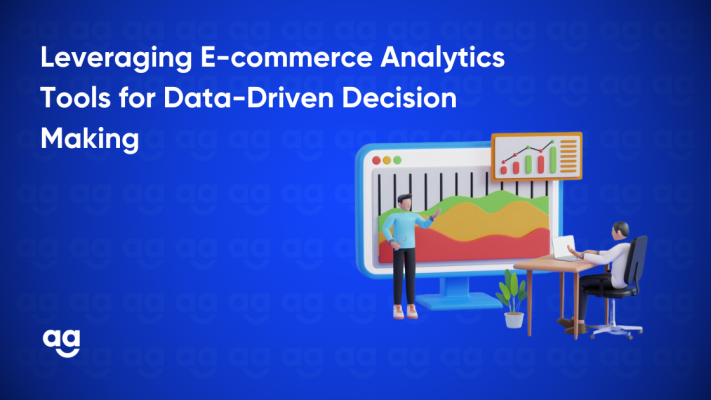


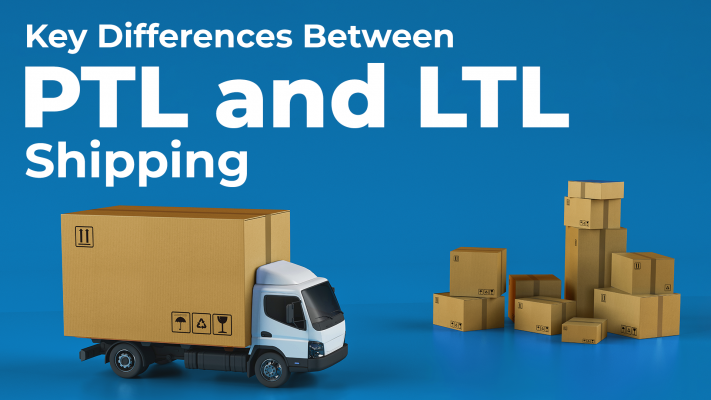

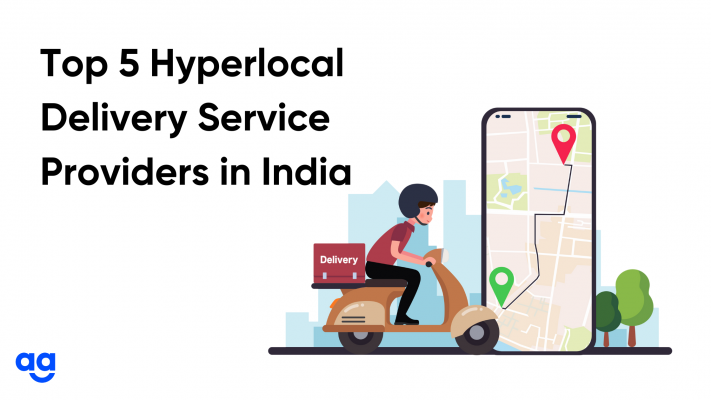
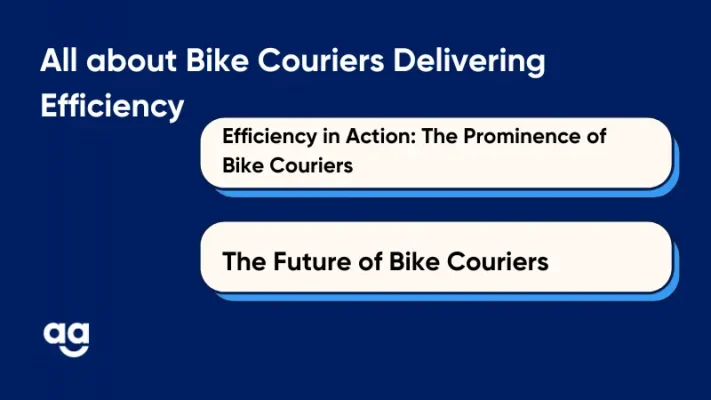
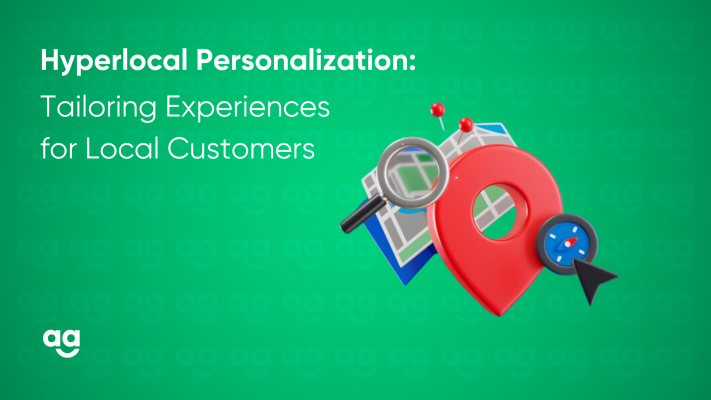
 Shipping
Shipping







